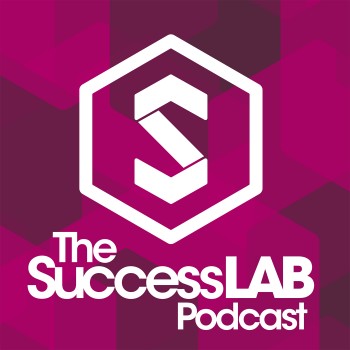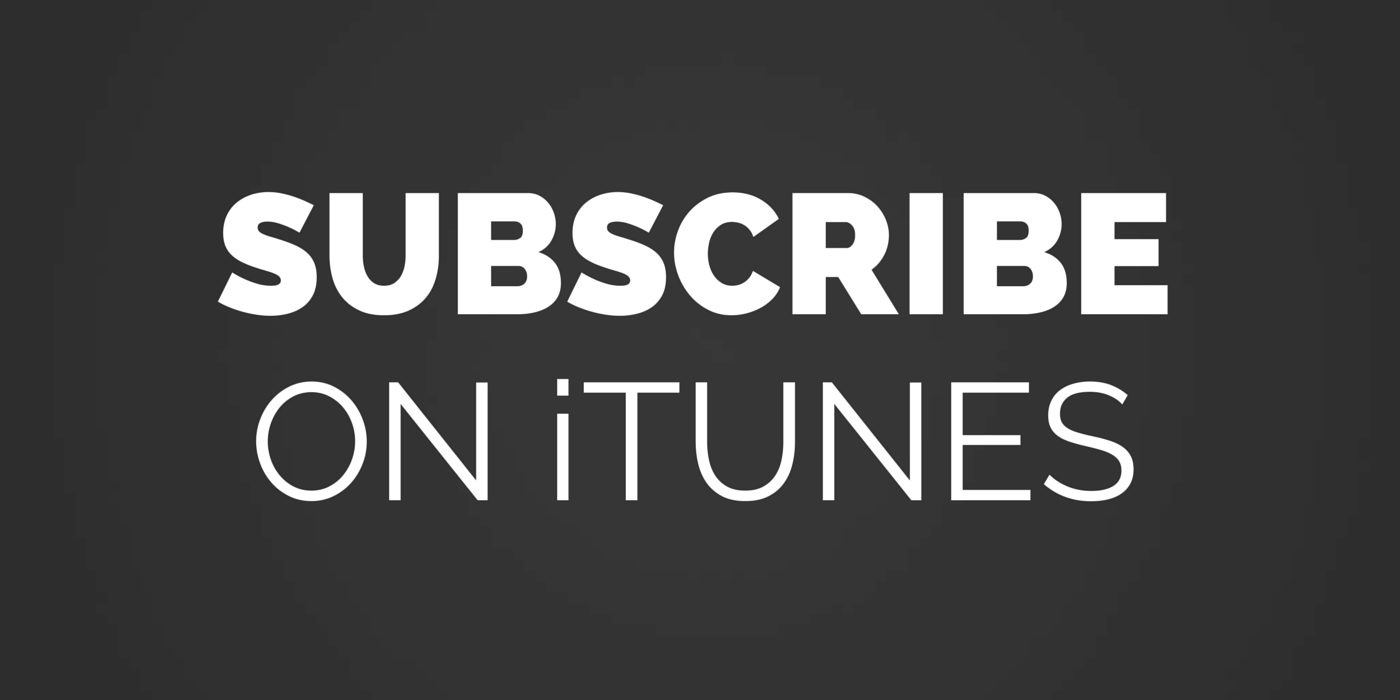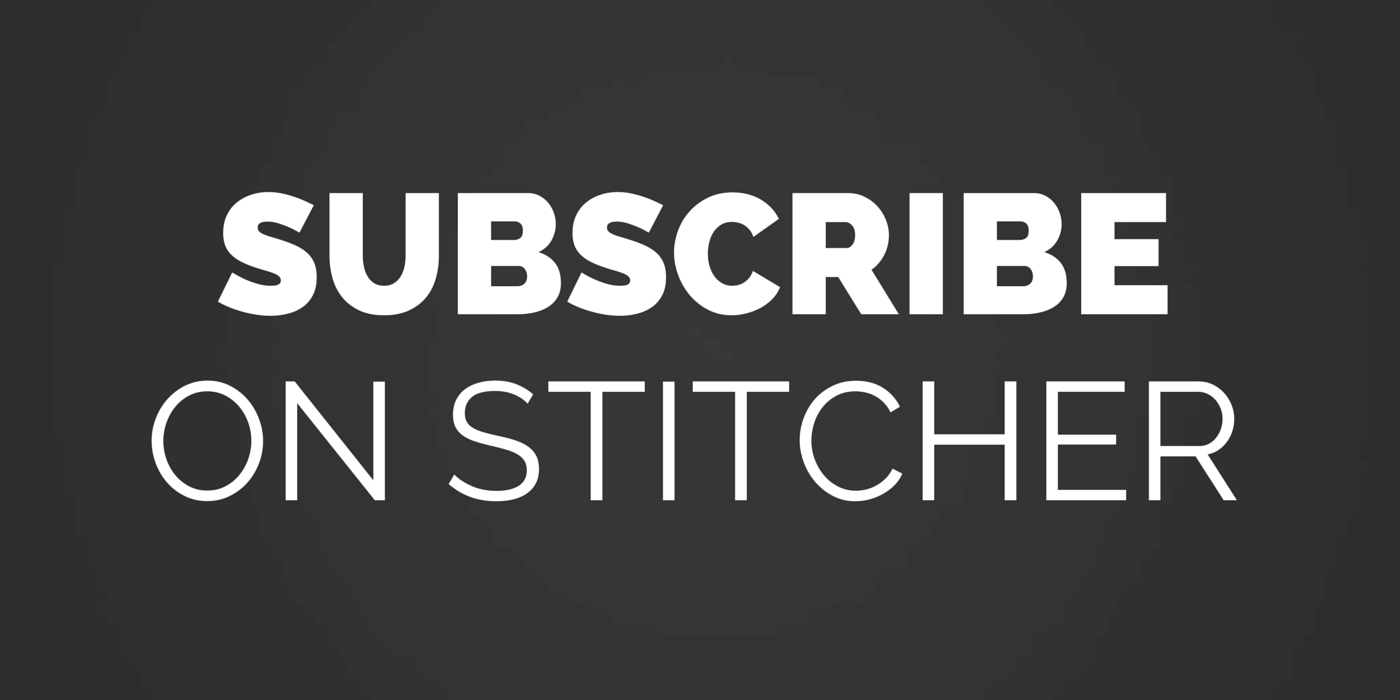This week’s Biz Hack: Creating a press release for today’s media. In the PR world there’s a lot of debate as to whether or not the press release is dead. They are still in use, and while most media prefer short, succinct pitches, if they are interested in the news, they will generally ask for a press release if you didn’t send one on your initial outreach. What has changed however, is the importance of building in content sharing elements. This is particularly important if you plan to send it over any kind of newswire service, post it to your site, share it in your CRM platform, or post it to a site like PitchEngine.
Overall, the structure and primary elements remain the same as the traditional press release. This includes:
- A captivating headline
- A subhead or secondary headline to fill in any details
- Lead paragraph – this should encapsulate your news or announcement in one succinct paragraph. In journalism this is called the nut graph (the article or news in a nutshell) and will include the who, what, when, where, why and how.
- Quotes – if applicable
- Facts
- Boilerplate – a brief description of your company
- Contact information
- Keywords
- Relevant links
Social media or content marketing press release elements include:
- Sharing buttons – pre-configured to share specific content or pieces of text
- A captivating headline – in 55 characters or less so that it can he shared via Twitter
- Contact information – include social links. Only include a the ones you are most active on.
- Multimedia – videos, images or a photo gallery, audio clips
- Tags
Another way to go about this, and this bucks tradition, is to completely rethink the press release, and focus more on creating a story. Think about your own patterns. Are you more apt to share a press release or a well-written, compelling blog or story from a company? Focusing on telling a story still gets your news across, but forces you to put your journalism hat on to create a more compelling, high-value piece of content.
Today we’re no longer completely reliant on journalists to tell our stories. Thanks to various publishing platforms, newswire distribution services, and social sharing tools, your news can be published as is – thus becoming shareable web content. With that in mind, why not create something that delivers real value to the reader (journalists included)?
To do this, there are a few questions to ask to help shape your story:
- Why will people care?
- What’s the real story, angle or hook here?
- How will this add value to someone’s day?
- Would Seth Godin (or whoever you think is cool) retweet this?
Once you’ve determined the answers to those basic questions, you’ll want to apply the laws of a good blog post. A few elements to keep in mind:
- Strong, eye-capturing headline, optimized for social, search and of course the reader
- A strong opening or lead paragraph
- Keywords – be sure to use applicable keywords, being careful not to detract from the content
- Multimedia – images, video, audio
- Easy-to-read layout – make use of bullet points, break text into small digestible paragraphs and use subtitles to separate sections, thoughts or actions
- Value – include a step-by-step, a downloadable how-to, humorous photos, an infographic with interesting facts, a diagram or demonstration, and the list goes on. Add value to the reader in some way.
- A call to action – don’t forget this all-important piece. It can be anything from downloading something, requesting additional information, visiting your site, etc.
Next week I’ll talk about where to share all of this amazing content you are going to start creating.




